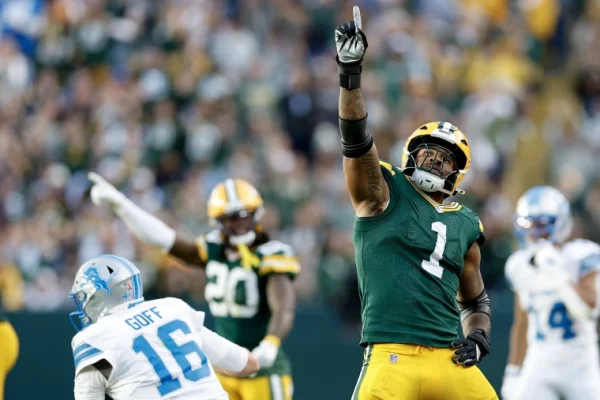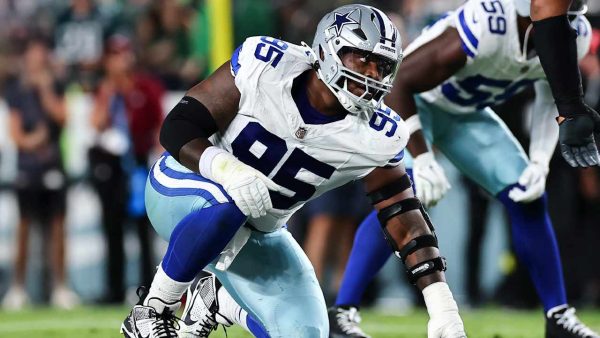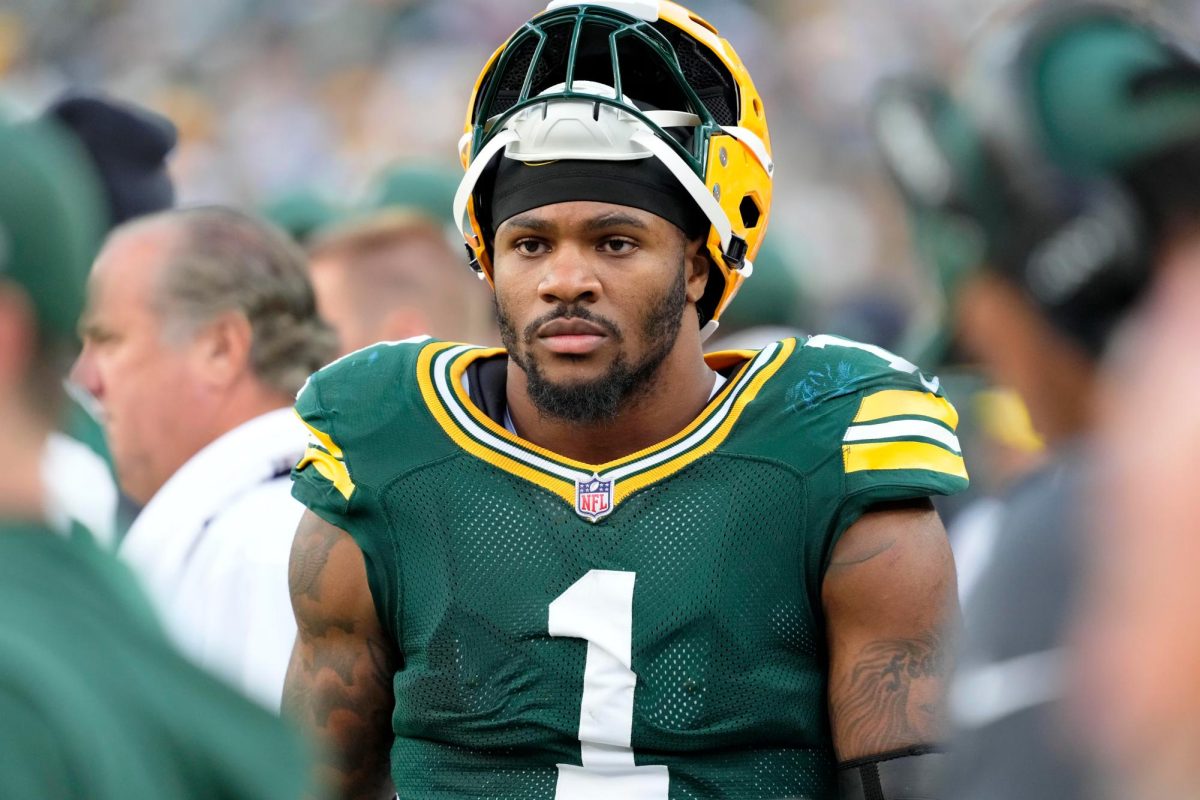The NFL world was shocked this summer when the Dallas Cowboys traded Micah Parsons to the Green Bay Packers. Parsons, one of the best defenders in football, was supposed to be the face of Dallas’ defense for years. Instead, he is now leading the Packers’ pass rush.
The Trade Details
Dallas sent Parsons to Green Bay for two first-round picks and veteran defensive tackle Kenny Clark.
Right after the deal, the Packers gave Parsons a four-year, $188 million dollar contract, making him the highest-paid non-quarterback in the league.
The trade ended weeks of tension between Parsons and the Cowboys after contract talks fell apart.
Who Won the Trade?
The Case for Green Bay
The Packers seemingly look like winners in this trade, though the picture is more complicated after the game against the Cowboys. They acquired a top five defensive player who is in his prime, and for the first three weeks, the impact was undeniable. Green Bay’s defense was suffocating early in the season, not allowing an opponent to score more than 20 points in a single game.

However, the 40 point explosion by Dallas exposed some flaws. Parsons is still an elite player who makes everyone around him better, and him alongside Rashan Gary gives opposing offensive coordinators nightmares. But Green Bay’s 3-1-1 record suggests they still have room to improve. The defense that looked championship caliber through three weeks gave up 40 points to Parsons’s former team. This raises the question if just one defensive superstar can truly elevate a team.
In spite of this, the Packers are still contenders with a talented roster and real Super Bowl aspirations. Parsons brings leadership, playmaking ability, and the kind of game clenching talent that can take over in January. Even with the hiccup against Dallas, acquiring a generational defensive talent in his prime is worth two first round picks and a massive contract when your championship window is open. The question is whether the rest of the defense can match his level to be able to make the playoffs while in a tough division.
The Case for Dallas
The Cowboys case for winning this trade relies entirely on the future, and it is based on many assumptions. They acquired two first round picks and saved themselves from paying Parsons $50 million annually—and Kenny Clark is a solid defensive tackle who helps beef up their run defense. On paper, this could seem like a smart move. They traded him before needing to overpay him, freeing up more capital and also allowing a chance to rebuild parts of their roster through the draft.
But the Cowboys are suffering right now. Their defense, which once terrorized quarterbacks with Parsons’s ferocity, has been torched since his absence. They’ve allowed teams to consistently score over 20 or even 30 points. Dallas also started the season 2-3-1, and there’s no clear path forward for a team that looks completely lost without its star defensive player. The defense that fans expected to carry this team has become a liability.

Additionally, the future assets only matter if Dallas uses them well. First round picks are valuable, but they’re not a guaranteed game changer. For every elite player Dallas could draft in 2026 or 2027, there’s a chance they could be a bust. Even if both picks become solid starters, will either of them be as good as Micah Parsons? Probably not.
And beyond the on field worries, Jerry Jones’s stubbornness led to this breakdown. Fans chanted “Pay Micah” at training camp: they wanted to see their home-grown superstar stay in Dallas for his entire career. Instead, Jones chose his ego over keeping a generational talent, and now that player is dominating for a conference rival. That doesn’t sit well in a city where championship expectations are sky high.
Final Take
In the short term, Green Bay wins this trade. Parsons gives them instant firepower and leadership as they aim to take the next leap.
For Dallas, this move is a smart long-term play, but fans will admittedly miss seeing number 11 wreck opposing quarterbacks on Sundays.


